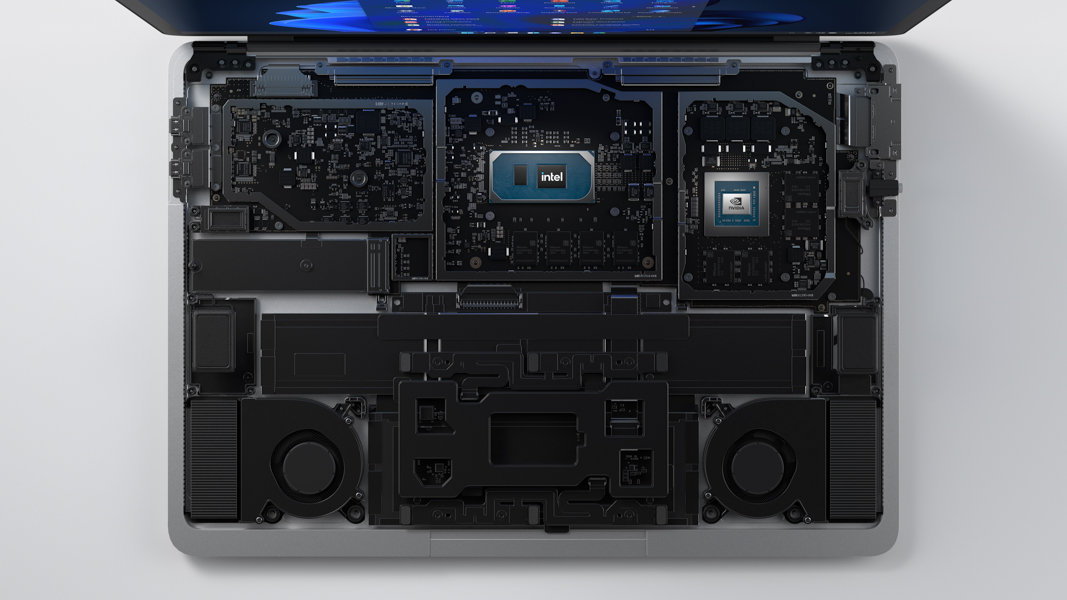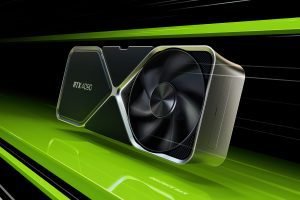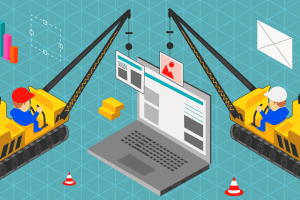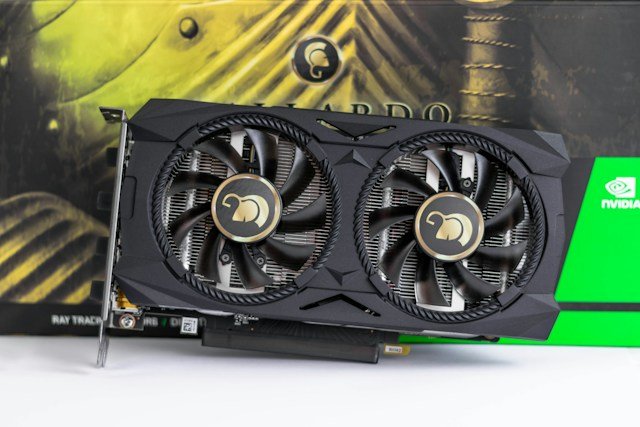
What is a graphics processing unit (GPU)?
The GPU in your computer helps it to handle graphics, videos and other visuals. The type of GPU in your PC may depend on the device you use and what your computing needs are.
Discrete GPU
They are separate chips mounted on their circuit boards and embedded on the motherboard of a computer alongside the CPU. These GPUs are more powerful and larger than the integrated ones, but are a great choice for heavy processing tasks like gaming, video editing and design. A fan is often required to cool discrete GPUs due to their size. This ensures that they don’t heat up and continue to work as intended.
The GPU is integrated into the CPU.
The GPUs in your computer are integrated into the motherboard. These GPUs are smaller, lighter and use less energy. They are great for portable use and often appear in Laptops but they don’t have the same power as discrete graphics cards. These GPUs are still good for video editing and gaming, but they’re less expensive.
What is the GPU and why do I need it?
The more powerful the GPU the better the graphics. It can have an impact on your photo and video editing, as well as content creation and gaming. A better graphics performance allows you to play video games at higher frame rates and resolutions. This will improve your experience.
Check GPU status in Windows
Windows 11 allows you to easily find out what GPU is in your computer. If you’re a user of graphic-intensive applications, such as photo editing and gaming, this information is useful. You can determine whether you have the power necessary to run a particular program well by knowing what type of GPU your device has. You can identify your GPU by using these two easy methods:
You can check GPU settings by clicking on the button.
- Choose System > Settings.
- Scroll down and select Related Settings.
- Choose Advanced display. Under Display Information, you should see the GPU model and make.
Use Task Manager to check GPU
- Right-click the Start button in Windows 11.
- Choose Task Manager in the menu.
- Select Performance
- Choose GPU in the final pane. This option will be near the end of the list if it is present.
- You can see the GPU information in the upper right corner.
Why GPU for AI: Unveiling the Powerhouse Behind Artificial Intelligence
Introduction:
Welcome to the realm where computational power meets the brilliance of artificial intelligence. In this article, we’ll unravel the significance of GPUs (Graphics Processing Units) and delve into why Gpu for AI is a game-changer. Brace yourself for a journey through the core of AI’s processing prowess.
Understanding the Basics
Why Gpu for AI? Embarking on our exploration, let’s address the fundamental question: Why Gpu for AI? GPUs, originally designed for rendering graphics, have emerged as the unsung heroes of AI. Their parallel processing capabilities outshine traditional CPUs, enabling them to handle complex AI algorithms with unparalleled efficiency.
The Evolution of GPUs in AI
From Graphics to Intelligence Witnessing a paradigm shift, GPUs have evolved beyond their graphical origins. As AI algorithms demand massive parallel computation, GPUs step up to the plate. The synergy between GPU architecture and the parallel nature of AI computations is a match made in technological heaven.
The Powerhouse Unleashed
Unparalleled Processing Speed One cannot overstate the significance of processing speed in AI applications. Here’s where GPUs shine. The parallel structure of GPUs allows them to execute multiple tasks simultaneously, drastically reducing processing time. This speed boost is a driving force behind the adoption of GPUs in AI-intensive tasks.
Applications in Real-world Scenarios
Revolutionizing Healthcare with GPU-powered AI In the healthcare sector, the marriage of AI and GPUs is saving lives. Medical image analysis, drug discovery, and personalized medicine benefit from the rapid processing capabilities of GPUs. The “why Gpu for AI” question finds resonance in the tangible impact on human well-being.
GPU’s Role in Autonomous Vehicles
Navigating the Future with AI Autonomous vehicles rely on split-second decision-making. Enter GPUs. Their ability to process vast amounts of data in real-time ensures the safety and efficiency of self-driving cars. The fusion of AI algorithms and GPU prowess is steering us toward a future with smarter, safer transportation.
Addressing Common Queries
Why Opt for GPUs Over CPUs in AI? The battle between GPUs and CPUs in the AI arena often raises eyebrows. GPUs triumph due to their parallel architecture, designed to handle the matrix operations prevalent in AI, giving them a substantial edge over traditional CPUs.
Do All AI Applications Require GPU Acceleration? While not all AI applications demand GPU acceleration, tasks involving deep learning, neural networks, and large-scale data processing benefit significantly from GPU prowess. It’s a matter of optimizing resources based on the specific requirements of the application.
Can Any GPU Support AI Workloads? Not all GPUs are created equal. Specialized AI GPUs, like NVIDIA’s Tesla series, are tailored for heavy AI workloads. Their architecture and optimized drivers make them the preferred choice for demanding AI applications.
How Does GPU Acceleration Enhance AI Training? GPU acceleration expedites AI training by handling parallel tasks simultaneously. This accelerates the training process, allowing models to learn faster and more efficiently.
Is GPU Acceleration Limited to Specific Industries? While initially prominent in industries like gaming and graphics, GPU acceleration’s reach now spans across diverse sectors. From finance to manufacturing, the adaptability of GPUs in AI has made them a versatile asset.
Can GPU-powered AI Replace Human Decision-making? AI, backed by GPUs, augments human decision-making but doesn’t replace it. The synergy between human intuition and AI precision creates a powerful alliance that propels us into a future where the best of both worlds coexist harmoniously.
Conclusion
In conclusion, the question of “why Gpu for AI” unravels a tapestry of innovation, efficiency, and transformative power. As we navigate the ever-evolving landscape of artificial intelligence, GPUs stand tall as the backbone, shaping the future of technology.
FAQs
1. How do GPUs enhance AI performance? GPUs excel in parallel processing, allowing them to handle multiple tasks simultaneously. This parallelism significantly boosts the speed and efficiency of AI computations.
2. Are all GPUs suitable for AI applications? Specialized AI GPUs, such as NVIDIA’s Tesla series, are designed for optimal performance in AI workloads. Not all GPUs offer the same level of efficiency in handling AI tasks.
3. Can AI-powered by GPUs replace human decision-making? While AI enhances decision-making with precision, it complements rather than replaces human intuition. The collaboration between AI and human intellect is key to progress.
4. What industries benefit most from GPU-powered AI? Initially rooted in gaming and graphics, GPU-powered AI has transcended industries. Healthcare, finance, manufacturing, and autonomous vehicles are among the sectors reaping the benefits.
5. Do all AI applications require GPU acceleration? Not necessarily. While GPU acceleration is advantageous for tasks like deep learning and neural networks, some AI applications may not demand the parallel processing power of GPUs.
6. How does GPU acceleration impact AI training? GPU acceleration expedites AI training by concurrently processing multiple tasks. This accelerates the learning curve of AI models, making the training process more efficient.










